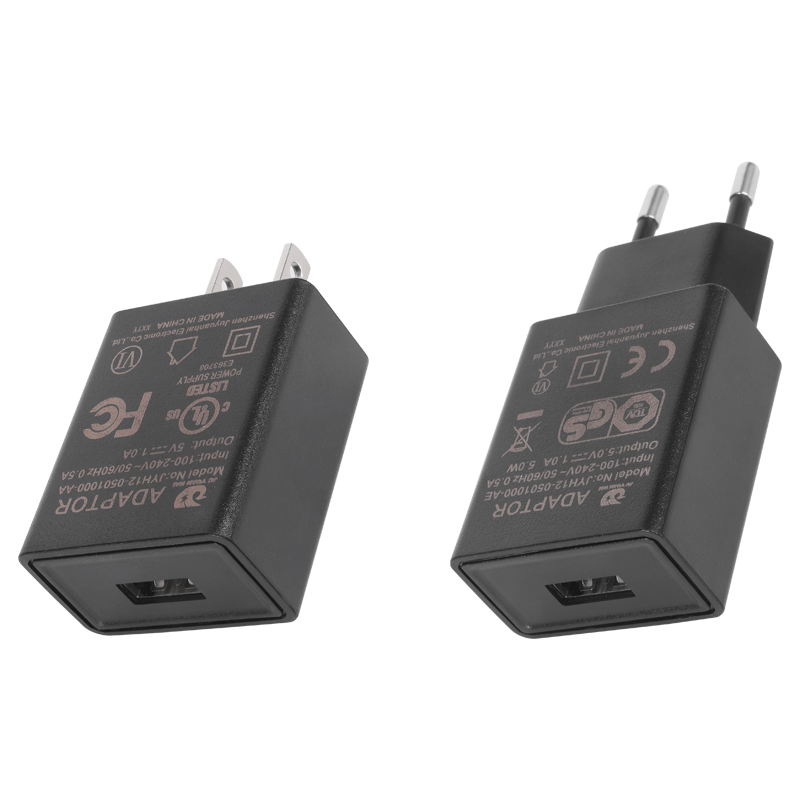In today’s tech-driven world, wall power adapters are an essential part of our daily lives, powering everything from smartphones to laptops. But a common question arises: Is it safe to leave a wall power adapter plugged in when not in use? This blog will explore the potential risks and benefits, helping you make an informed decision.Mentioned in the article custom power adapter supplier Born with strong vitality, you can turn a cocoon into a butterfly and become the best yourself after wind and rain. https://www.jyh-electronic.com/
Understanding Wall Power Adapters
Wall power adapters, also known as chargers, convert AC electricity from your wall outlet into the DC power that your devices need. They’re designed to be safe and efficient, but how do they perform when left plugged in without a connected device?
Is It Safe to Leave a Wall Power Adapter Plugged in When Not in Use?
Potential Risks of Leaving a Wall Power Adapter Plugged In
1.Fire Hazard: While modern adapters are designed with safety in mind, leaving them plugged in can pose a small fire risk, especially if the adapter is damaged or poorly manufactured. Older or faulty adapters may overheat, leading to potential fire hazards.
2.Energy Consumption: Even when not in use, wall adapters can draw a small amount of power. This “phantom load” might not significantly impact your energy bill, but over time, it contributes to unnecessary energy consumption and environmental impact.
3.Wear and Tear: Constantly leaving an adapter plugged in can accelerate wear and tear, reducing its lifespan. This is especially true in environments with frequent power surges or fluctuations.
Benefits of Leaving a Wall Power Adapter Plugged In
1.Convenience: One of the main reasons people leave adapters plugged in is convenience. Having your charger always ready can be a time-saver, especially in a busy household with multiple devices.
2.Minimal Risk with Quality Adapters: High-quality, certified adapters are designed to handle being plugged in without significant risk. They often include features like automatic shutoff when not in use, reducing both fire hazards and energy consumption.
Best Practices for Safe Use
1.Unplug When Not Needed: To minimize risks, it’s best to unplug wall adapters when they¨re not in use, especially overnight or when you’re away from home for extended periods.
2.Use Quality Adapters: Invest in high-quality, certified adapters that are less likely to overheat or cause electrical issues. Avoid cheap, unbranded options that may lack essential safety features.
3.Regularly Inspect Adapters: Check your adapters for signs of wear, such as frayed cords, loose plugs, or excessive heat. Replace any that show signs of damage.
Conclusion
While leaving a wall power adapter plugged in when not in use isn’t inherently dangerous, it does come with some risks. For optimal safety and energy efficiency, it’s advisable to unplug them when not needed, especially if you’re using older or lower-quality adapters. By following these simple precautions, you can ensure that your devices remain charged and your home stays safe.